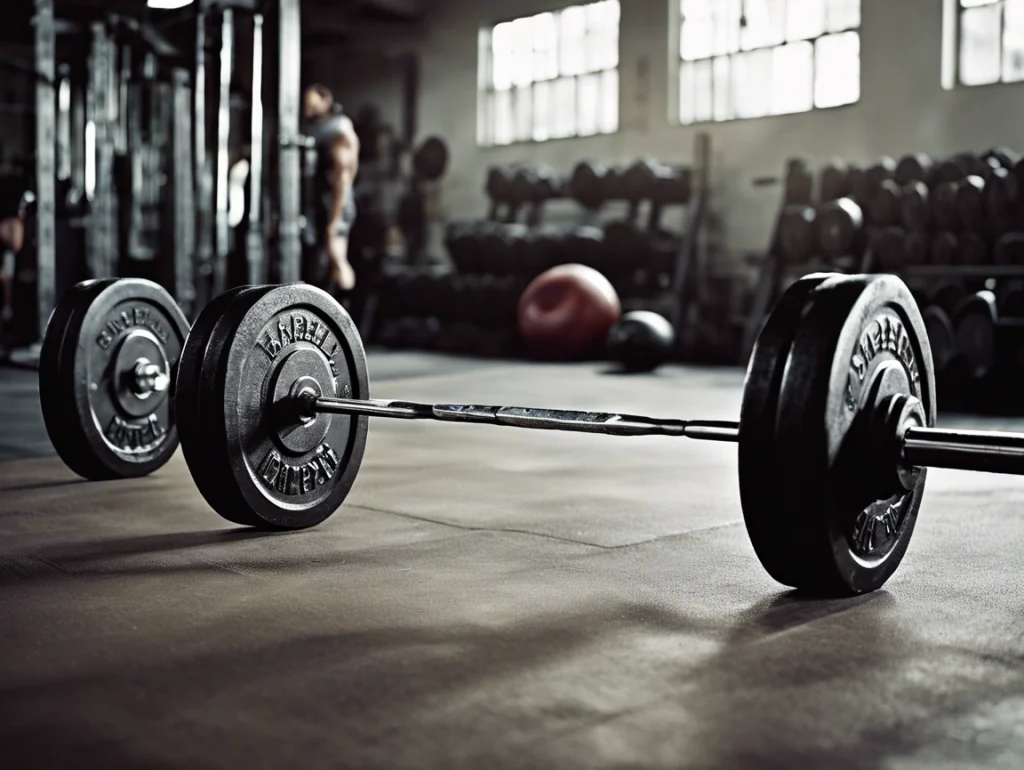If you’re new to strength training and looking to build muscle, understanding the concept of progressive overload is essential. Progressive overload is the cornerstone of muscle growth, enabling you to get stronger and see consistent results in the gym. This guide will walk you through what progressive overload is, why it’s crucial for muscle growth, and how you can implement it effectively in your workout routine.
What Is Progressive Overload?
Progressive overload is a training principle that involves gradually increasing the stress placed on your muscles during exercise. This can be achieved by increasing the weight, reps, sets, or intensity of your workouts over time. The goal is to continuously challenge your muscles, forcing them to adapt and grow stronger.
Without progressive overload, your muscles have no reason to change, and your progress will eventually plateau. By consistently applying this principle, you ensure your muscles are constantly being pushed to their limits, promoting growth and strength gains.
Why Is Progressive Overload Important for Muscle Growth?
Muscle growth occurs when you challenge your muscles beyond what they are used to, causing tiny tears in muscle fibers. Your body then repairs these fibers, making them thicker and stronger. Progressive overload ensures that this cycle of stress and adaptation continues, driving your muscle-building progress.
Key benefits of progressive overload include:
- Increased Muscle Size and Strength: Progressive overload stimulates hypertrophy, leading to larger and stronger muscles.
- Enhanced Performance: As your muscles adapt to higher levels of stress, your overall performance improves, allowing you to lift heavier weights and perform more reps.
- Prevention of Plateaus: Continuously challenging your muscles with new levels of stress prevents plateaus, keeping your progress steady.
How to Implement Progressive Overload in Your Workouts
Increase the Weight
One of the most straightforward ways to apply progressive overload is by adding more weight to your exercises. For example, if you’re currently bench pressing 100 pounds for 10 reps, try increasing the weight to 105 pounds while maintaining good form. Even small increases in weight can make a significant impact over time.
Add More Reps or Sets
If you’re not ready to increase the weight, try adding extra reps or sets to your routine. For instance, if you’re doing 3 sets of 8 reps, aim for 3 sets of 10 reps or add an additional set. This increase in volume forces your muscles to work harder, promoting growth.
Improve Your Form and Range of Motion
Progressive overload isn’t just about lifting heavier; it’s also about improving the quality of your movements. Focus on achieving a full range of motion and perfecting your form. Performing an exercise with better technique can increase the tension on your muscles, leading to greater gains.
Decrease Rest Time Between Sets
Reducing the rest time between sets is another effective way to challenge your muscles. Shorter rest periods increase the intensity of your workout, making your muscles work harder in a shorter amount of time. This can boost muscle endurance and growth.
Vary Your Tempo
Changing the speed of your repetitions, known as tempo training, can also contribute to progressive overload. For example, slowing down the eccentric (lowering) phase of a lift increases time under tension, forcing your muscles to work harder and stimulating growth.
Incorporate Advanced Techniques
As you become more experienced, incorporating advanced training techniques like drop sets, supersets, and pyramid sets can further increase the stress on your muscles. These methods push your muscles beyond their normal capacity, driving further adaptation and growth.
How Often Should You Apply Progressive Overload?
The frequency of applying progressive overload depends on your training experience and recovery capacity. For beginners, small increases every 1-2 weeks are often sufficient. More advanced lifters might need to make adjustments less frequently due to the higher intensity of their workouts.
Listen to your body and avoid rushing the process. Overloading too quickly can lead to poor form and increase the risk of injury. The goal is consistent, steady progress rather than drastic changes.
Common Mistakes to Avoid with Progressive Overload
- Focusing Only on Weight Increases: Progressive overload is not just about lifting heavier. Overemphasizing weight can lead to compromised form and potential injury. Balance weight increases with other methods like reps, sets, and improved technique.
- Neglecting Recovery: Adequate rest and recovery are crucial for muscle growth. Overloading your muscles without allowing time for recovery can lead to overtraining and hinder progress. Make sure you’re getting enough sleep, nutrition, and rest days.
- Ignoring Form: As you increase weight or volume, maintain proper form to ensure the target muscles are being effectively worked. Poor form shifts the load to other muscles and increases injury risk.
- Skipping Warm-Ups and Cool-Downs: Proper warm-ups prepare your muscles for the increased workload, reducing injury risk. Cool-downs and stretching help with recovery, keeping your muscles flexible and ready for the next session.
Key Takeaways
- Progressive overload is essential for muscle growth, continuously challenging your muscles to adapt and grow stronger.
- Increase weight, reps, sets, improve form, and vary tempo to implement progressive overload effectively.
- Avoid common mistakes like focusing solely on weight, neglecting recovery, and sacrificing form for heavier lifts.
- Progress gradually, listen to your body, and ensure adequate recovery to maximize muscle growth and prevent injuries.
Conclusion
Progressive overload is the backbone of effective muscle-building workouts. By understanding and applying this principle, you can continually challenge your muscles, avoid plateaus, and see consistent results. Remember, building muscle takes time, patience, and dedication. Incorporate progressive overload into your training, and you’ll be on your way to achieving the strength and physique you’ve been working toward.




